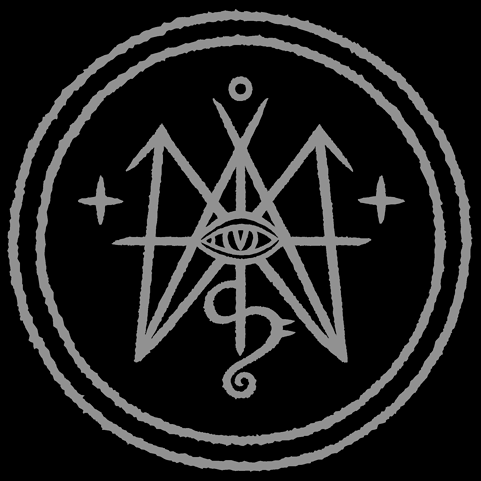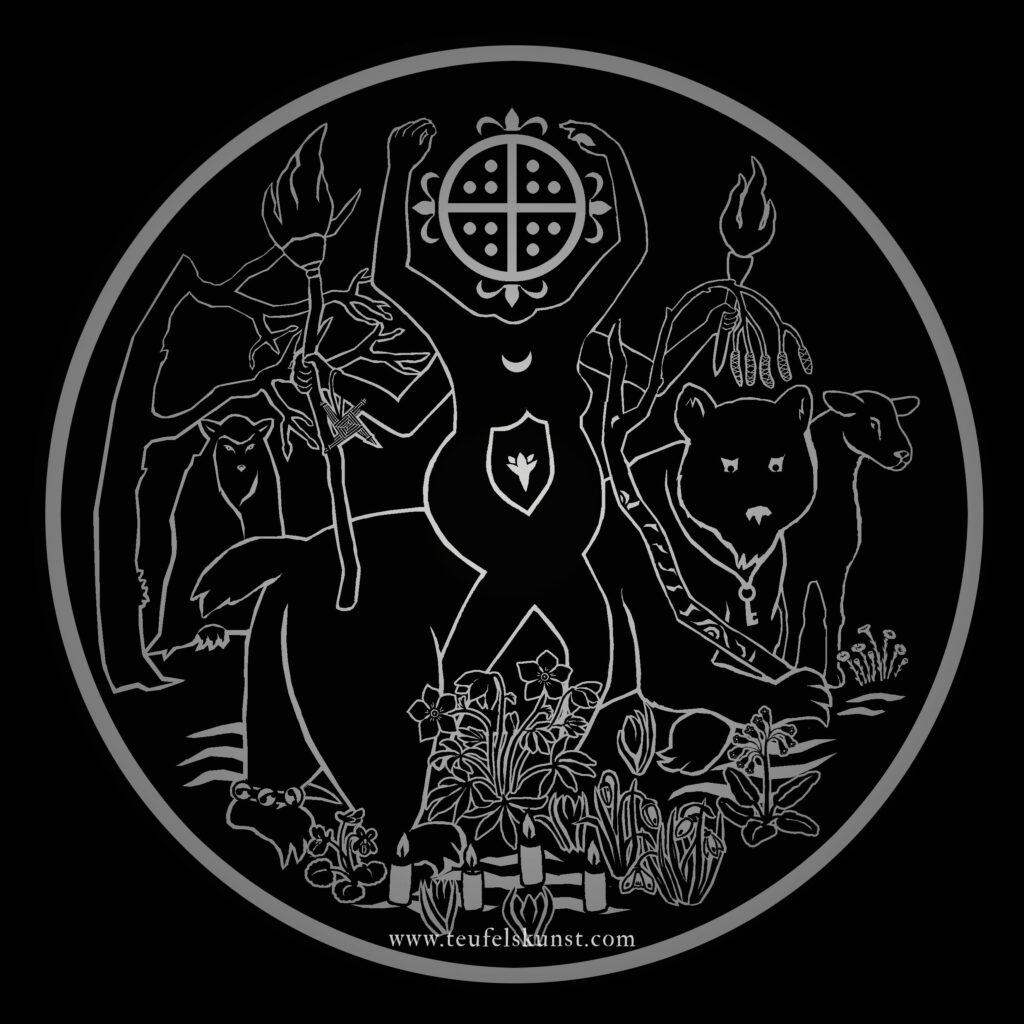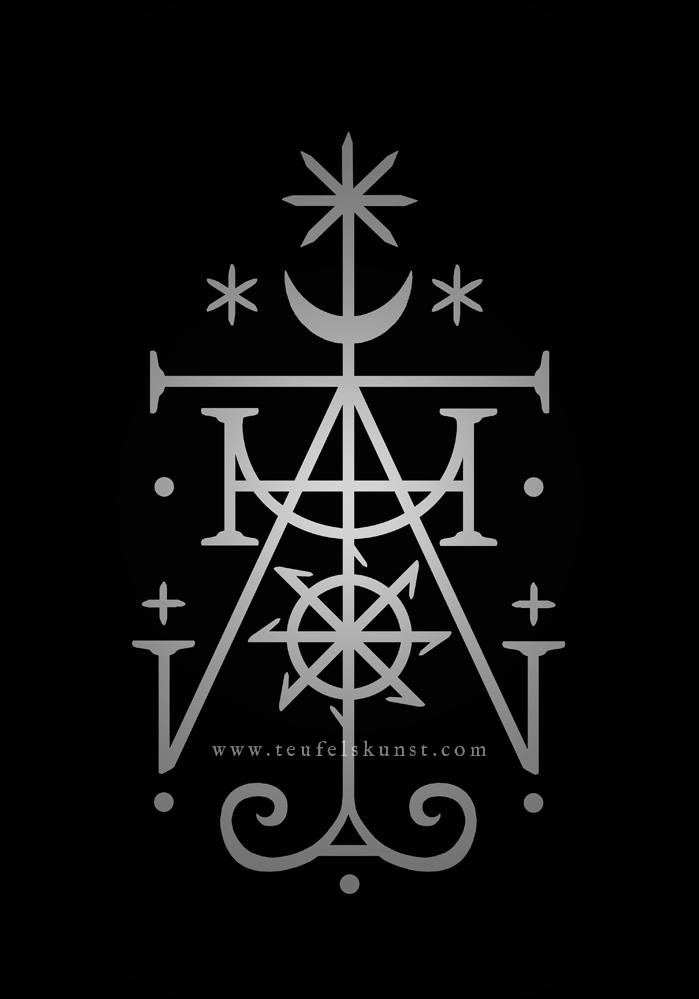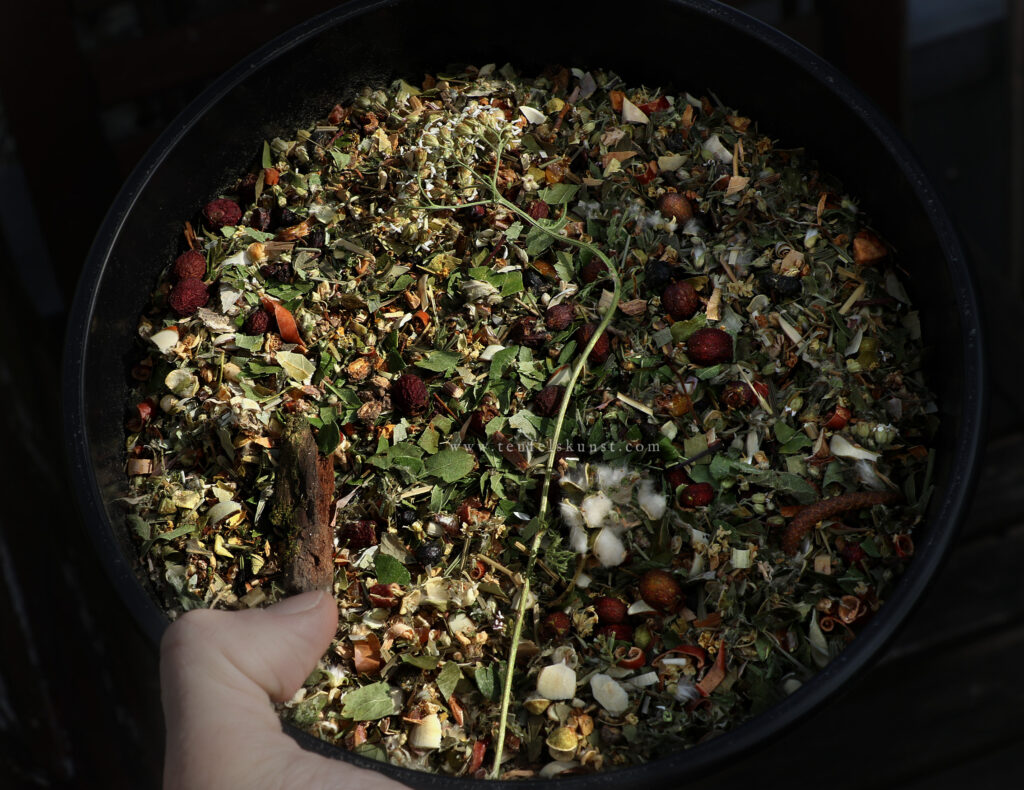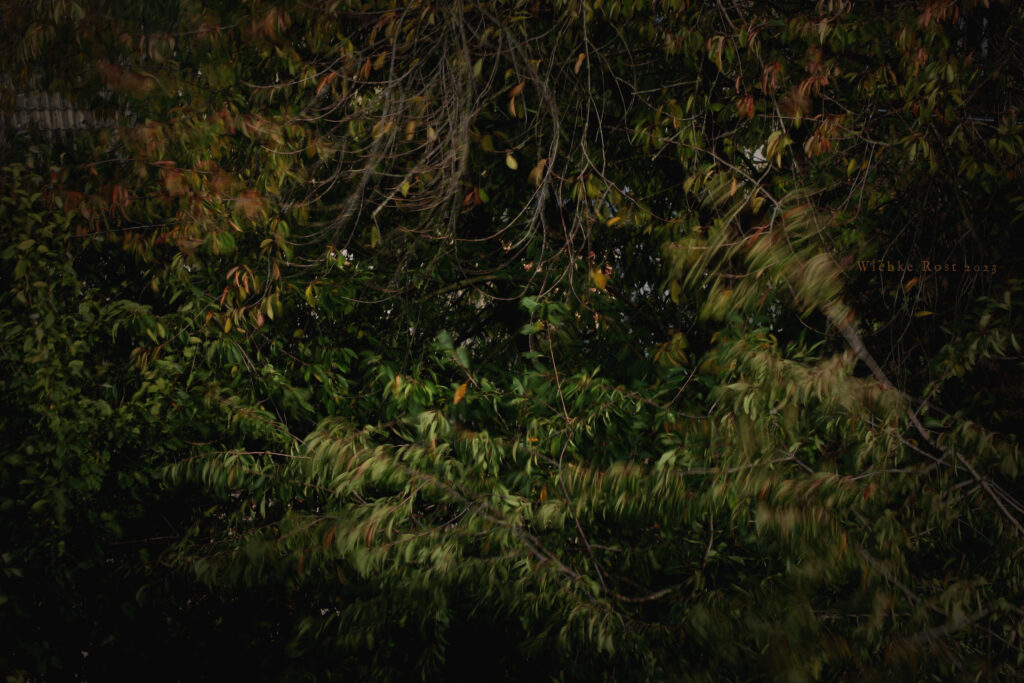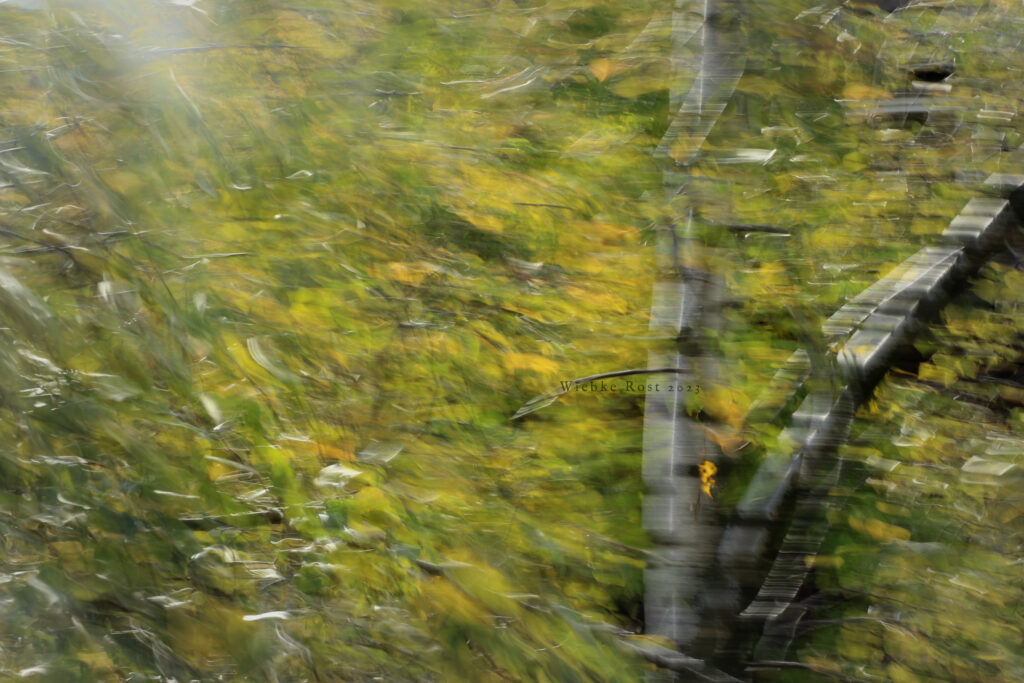“As someone who has studied these things for all of my life, I really loved and appreciated this writing. I was still able to learn some new things and see some new angles that she explored that I hadn’t yet myself. The writing arrives at the same conclusions that I myself have in many things but often arrives there through different references than what I had used. She also adds a lot of regional German and older secular references that were new to me.
The only possible criticism that I could dare to offer is that her extensive attention to detail and references could come across as thick to some. Then I re-read my last piece and realized I do the same thing but somehow worse.
~Hangedman’s Seed”
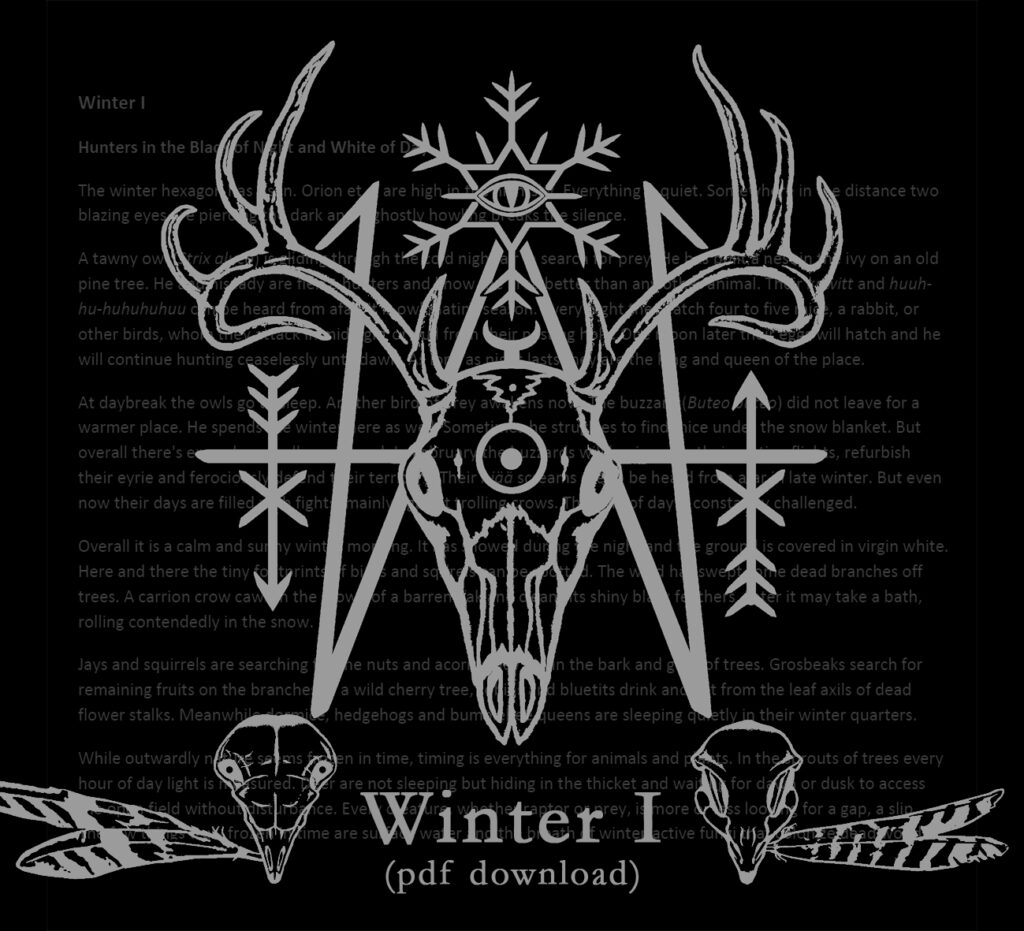
Part 1 of my winter essays is now up for download!
“Winter I” is a summary of the natural and supernatural phenomena that occur during the cold and dark half of the year.
Content:
❄️Hunters in the Black of Night and White of Day: birds of prey, overwintering birds, subterreanean life, hair ice
❄️Celtic calendar, Samhain, Winter Solstice, Mutternacht
❄️Time of Taboos and Dark Folklore: household taboos, Perchta/Frau Holle, Spillaholle, Irish Phuca, Raunächte
❄️Elusive White Deer of the Otherworld: Arthur, Pwyll Pen Annwfn, St. Eustache, St. Hubert
❄️Of Hunting and Haunting: black huntsmen, wild hunt, cursed hunters, Herne
❄️Ancient God of the Wild: Cernnunos
❄️Hunting Goddesses and Hunters: Artemis, Actaeon, Orion
❄️The Wrath of Winter: Wendigo
I am already working on part 2…
November 19, 2025
Posted In: Essays
Tags: rauhnächte, saint hubertz, essays, saint eustache, wendigo, pwyll, winter folklore, herne, winter tales, mutternacht, winter, cernnunos, frau holle, orion, wild hunt, winter hexagon, percht, artemis, perchta, actaeon
